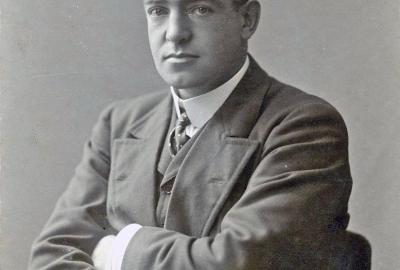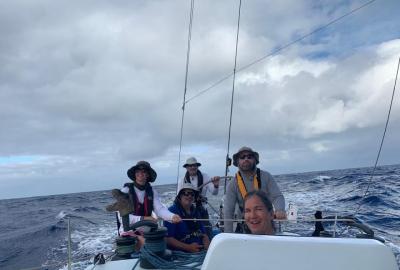Advocates of the phrase, “leaders are born not made,” discount expertise and dwell on

Executive Summary
William Strassberg, MD
- 1 March 2021
Sailors can learn from the crash of flight 8303. We can, on occasion, get into a situation that gets more and more difficult from which to recover. This can be caused by ego, or by a sudden change in the expected circumstances, or a lack of “forehandedness”, which was one of the late Capt. John Bonds’s favorite words to throw out at Safety At Sea students. Forehandedness, he’d lecture, was the ability to anticipate possible changes in the current situation and to be ready for them, much as our parents would admonish us to “drive defensively” when we were learning to drive.
- 8 September 2020
CCA member Richard du Moulin contributes to our “Creating a Culture of Safety” series, reflecting on the essence
- 5 June 2020
In March of 2018, three of our members presented a panel in seamanship to a full house in New York Yacht Club's renow
- 23 May 2018
This article suggests how the principles of handling emergencies on large ship can be applied to smaller private yachts – yachts capable of being cruised comfortably by two people. The principles can be easily extended to crews of more than two people, larger yachts, and professionally crewed vessels.
- 1 May 2018
"What If?" is an excellent game to play onboard or ashore, with both experienced and inexperienced crew, day or night, at anchor or underway.
- 3 April 2018
Good seamanship should include the ability to assess, address, and anticipate. The best offshore sailors use sight, smell, hearing, and feel to monitor what is going on below, on deck and in the wider environment for whatever may come next. Experience lets the crew member distinguish the significant concerns from normal variations. In a perfect world, every issue would be caught before it becomes a problem or emergency. Let’s snap back to reality—it’s not going to happen that way. Good sailors train themselves by running through “what-ifs” as an exercise on watch:
- 24 January 2018



